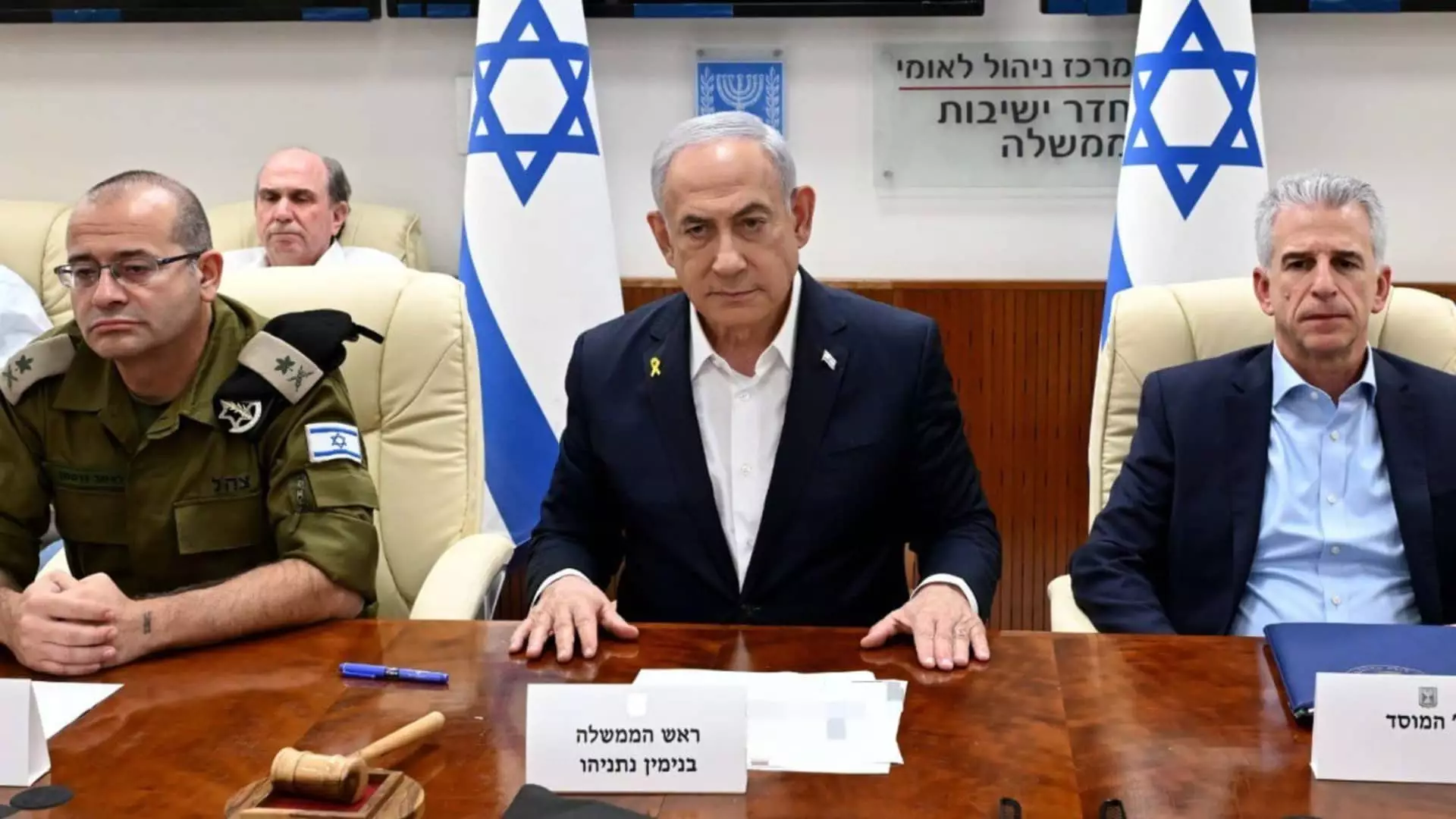On the early morning of Saturday, Israel initiated airstrikes on what it referred to as military positions within Iran, a move characterized as a retaliation for an earlier ballistic missile attack that occurred on October 1. Despite the operation, details regarding casualties or significant damage in Iran remain unclear. This latest escalation comes in a climate already fraught with tension, as geopolitical rivalries in the Middle East threaten to plunge the region into broader conflict more than a year after Hamas’s initial assault on Israel on October 7, 2022. Since then, Israel has engaged in extensive military operations, including a ground invasion of Gaza and ongoing strikes against Hezbollah in Lebanon, each contributing to rising instability in the region.
In a recorded statement, Israeli military spokesperson Rear Adm. Daniel Hagari asserted that Israel has the right to defend itself against Iran’s ongoing hostile actions, which he claims have included direct assaults launched from Iranian territories. This perspective frames Israel’s military actions as a legitimate response to external threats, underscoring the complex narratives on both sides of the conflict. He emphasized the notion of sovereign rights, asserting that, like any other nation, Israel bears the responsibility to protect its citizens from aggression. The use of airstrikes aims not only to neutralize immediate threats but also to send a message that Iran’s increasing militarization and support for proxy forces will not go unchallenged.
In Tehran, reports emerged of explosions reverberating across the city, with residents hearing multiple blasts attributed to air defenses engaging incoming threats. While state-controlled media acknowledged these sounds, they attempted to minimize the implications by showcasing footage of civilians in daily life, such as men loading trucks at a local vegetable market. This tactic by Iranian state media can be interpreted as an effort to project an image of resilience amid crisis, shaping public sentiment and maintaining a façade of normalcy in the face of potential military aggression.
Regional Implications: Syria’s Role
Compounding the situation, the Syrian state news agency reported missile strikes targeting military installations within Syrian borders, allegedly launched from the Golan Heights and Lebanese territories. This multi-front scenario complicates the military landscape, with Iran’s alliances with groups like Hezbollah directly affecting the dynamics of conflict in Syria and its responses to Israeli actions. Such developments raise concerns about a broader regional war, where multiple actors and interests converge, potentially leading to unforeseen escalations.
The Israel-Hamas conflict has wrought considerable suffering, with mounting casualties on both sides. Initial attacks by Hamas resulted in around 1,200 Israeli fatalities, while subsequent military actions in Gaza have led to the deaths of over 42,000 Palestinians, according to health officials who do not distinguish between civilian and combatant casualties. The humanitarian crisis in Gaza has become increasingly desperate, with essential supplies dwindling and civilians trapped in conflict zones as Israeli forces advance on strategic municipalities like Jabaliya. The human toll of this relentless violence underscores the urgent need for diplomatic interventions and humanitarian aid amidst escalating military engagements.
The timing of Israel’s airstrikes coincided with U.S. Secretary of State Antony Blinken’s return to the United States following a diplomatic tour of the Middle East. During his discussions with Israeli and regional leaders, the U.S. had advocated for restraint and suggested avoiding actions that could exacerbate tensions further, particularly concerning Iran’s nuclear facilities. The U.S. government was alerted in advance of Israel’s operational plans, indicating a complex interplay between Israeli military strategy and international diplomatic considerations. However, U.S. officials have clarified that there was no direct involvement in the airstrikes.
The animosity between Israel and Iran has deep historical roots, particularly following the 1979 Islamic Revolution in Iran that transformed the nation into a theocratic state catapulted by anti-Israeli rhetoric. In the years since, Israel has consistently viewed Iran as its foremost threat, largely due to Tehran’s military capabilities and its unabated support for militant groups opposed to Israeli sovereignty. The conflict has evolved into a shadow war, marked by covert operations, targeted assassinations, and cyber warfare, each side continually adapting its tactics. However, with recent events, the conflict has visibly escalated into open confrontations, including intensified military engagements in Syria and Lebanon.
As the situation continues to deteriorate, the international community faces the pressing challenge of mediating peace while addressing the humanitarian crisis stemming from the ongoing violence. A balanced approach that encompasses the rights and security of all parties involved is critical. Without constructive dialogue and effective diplomatic efforts, the prospect for a lasting resolution remains bleak, perpetuating a cycle of violence that threatens not only the nations directly involved but also the stability of the entire region.

Leave a Reply